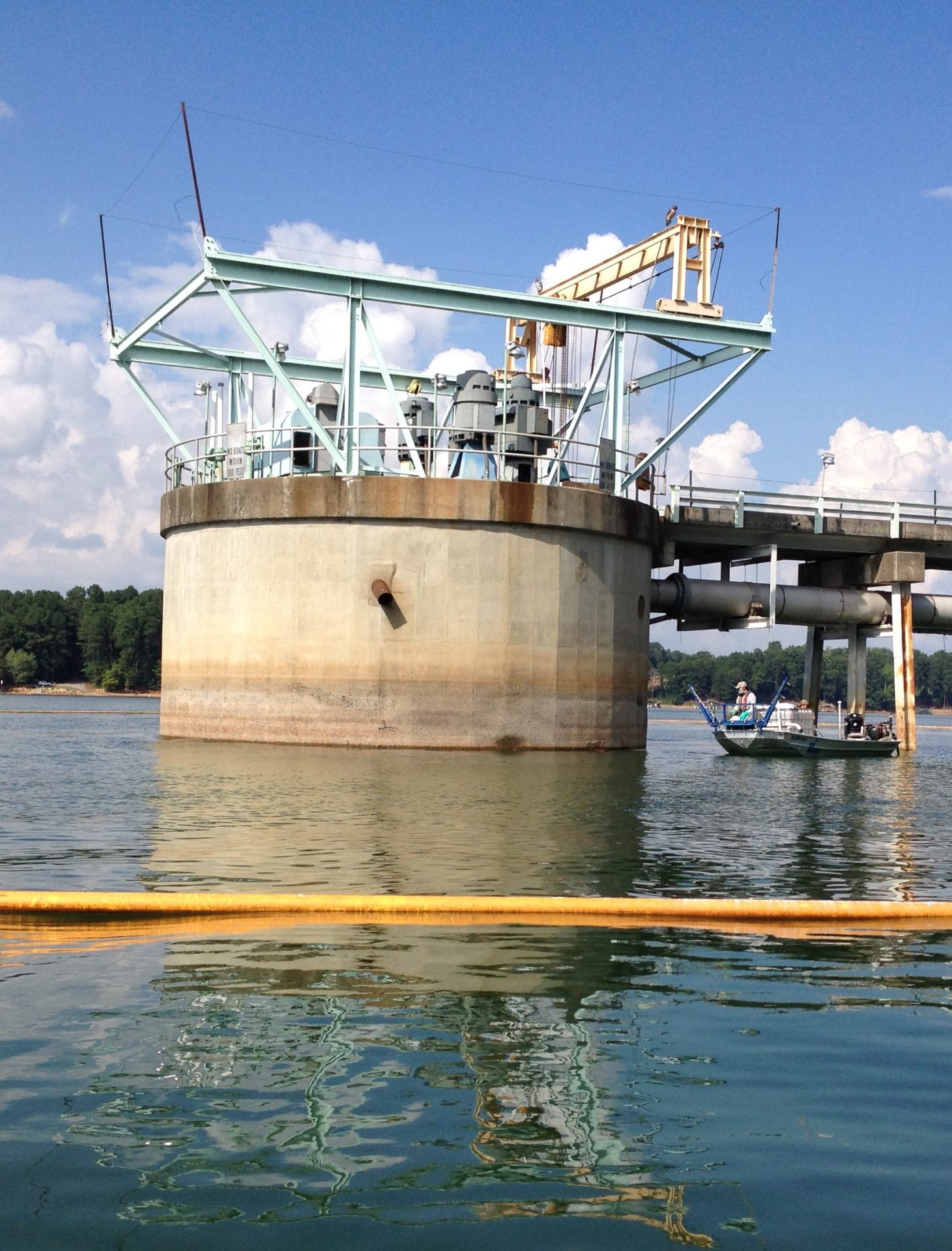Control of taste and odor in source waters
Control of taste and odor in source waters
By Matt Huddleston, Ph.D. (Posted Jan. 5, 2018):

When algae grow so much that taste and odor are problematic, water resource managers often intervene. Many employ adaptive water resource management.
Surface water provides potable water for most citizens in the United States. Although about 90 percent of the public water systems in the U.S. obtain their water from wells, groundwater systems tend to be much smaller than those served by surface waters. Surface waters supply about 66 percent of the potable water consumed.
Periodically, surface waters can be plagued by taste and odor problems. The two most commonly measured taste and odor compounds in water are geosmin and 2-methylisoborneol (MIB). Those compounds are naturally occurring and produced by cyanobacteria, diatoms, and filamentous bacteria that may or may not grow to bloom densities in water sufficient to cause taste and odor problems.
In sufficient concentrations, MIB and geosmin are responsible for the earthy smell and “off” flavors in drinking water and fish. The human nose can detect geosmin at concentrations as low as 5 to10 parts per trillion (ng/L) of water. Although geosmin and MIB are not known to be a public health problem, the taste and smell sensitivity of consumers can lead to complaints and concern about water quality.
When algae grow to the extent that taste and odor become problematic, water resource managers are often compelled to intervene. Many managers employ adaptive water resource management consisting of the following steps and considerations:
1. Problem definition. Determine the intensity, frequency, and location of taste and odor compounds and their producers, as well as define the internal and external capabilities for addressing the problem.
2. Plan development. Develop a strategy to reduce and control taste and odor compounds. The plan may include where and how to treat taste and odor producers, obtaining permits, and securing contractors with specific capabilities, experience, and credentials.
3. Strategic monitoring. Measure responses of target algae, considering safety for non-target species; evaluate the durability of a treatment for future planning.
4. Economics. Consider cost, return on investment, and savings associated with water resource management options.
SynTerra applied an adaptive management strategy for controlling taste and odor in source water of the Anderson Regional Joint Water System (ARJWS), a partnership of rural and municipal water districts providing high-quality, clean, safe, reliable, economical flow of treated water to customers in Anderson and Pickens counties in South Carolina. The ARJWS water treatment plant is supplied by surface water from the U.S. Army Corps of Engineers Hartwell Lake, a 55,900-acre reservoir bordering Upstate South Carolina and Georgia.
With MIB concentrations of greater than 2,000 parts per trillion in Hartwell Lake in the summer of 2014, SynTerra, in conjunction with university partners, developed an algaecide application plan for approximately 160 acres of the lake. A management strategy was implemented in 2015, targeting specific areas of the lake with prescribed algaecide applications. Since initiating 2015 algaecide applications, taste and odor have been controlled in ARJWS source water while protecting valued Hartwell Lake aquatic resources.
Although every situation is different and constantly changing, an adaptive water management approach such as that employed for ARJWS can effectively manage challenges associated with nuisance algae.




